Oxeye Daisy
Information
Leucanthemum vulgare - Asteraceae Family - Perennial
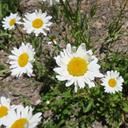
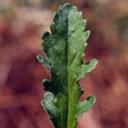
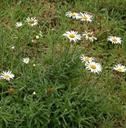
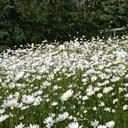
Identification
- Flowers: White daisy-like flowers.
- Seeds: A single plant can produce up to 40 stems, and up to 200 seeds. Oxeye daisy can spread both vegetatively and by seed.
- Leaves: Leaves are 1-4 inches long and toothed or lobed and have a disagreeable odor when crushed.
- Flowering Time: All summer.
- Life cycle: Oxeye daisy is a perennial and can grow 1-3 feet tall.
Impacts
- Oxeye daisy is native to Europe and was introduced into the United States as an ornamental in the 1800s.
- Invades pastures, fields, meadows, forests, and waste areas.
- Oxeye daisy can thrive in a wide variety of soil types and can grow in sun to partial shade.
- The plants form dense infestations and decrease species diversity. They have been shown to carry several crop diseases.
Control
Most effective control methods
- In pastures, mowing as soon as the first flowers open can eliminate seed production. However, mowing may stimulate shoot production and subsequent flowering.
- Because of its shallow root system, oxeye daisy is easily killed by intensive cultivation.
- Picloram and 2, 4-D are effective at reducing canopy cover of oxeye daisy. However, based on a study in an eastern Washington mountain meadow, application of nitrogen fertilizer was almost as effective as the herbicides at reducing canopy cover of oxeye daisy.
- Effective biocontrol insects or pathogens have not been found for oxeye daisy because of several compounds within the plant that are generally highly toxic to insect herbivores.
Control methods and timing
| March | April | May | June | July | Aug | Sept | Oct |
|---|---|---|---|---|---|---|---|
|
Prev Mech Cult |
Prev Mech Cult |
Prev Mech Cult Chem |
Prev Mech Cult |
Prev Mech |
Prev Mech |
Cult |
Cult |
Prevention (Prev) Monitor and destroy new plants before seed production.
Mechanical (Mech) Hand pulling, digging, cutting, mowing and tilling.
Cultural (Cult) Biological control agents, livestock grazing, and revegetation practices.
Chemical (Chem) Selective herbicides based on the plant and the specific location. Check our weed fact sheets for specific control information.
Large Images
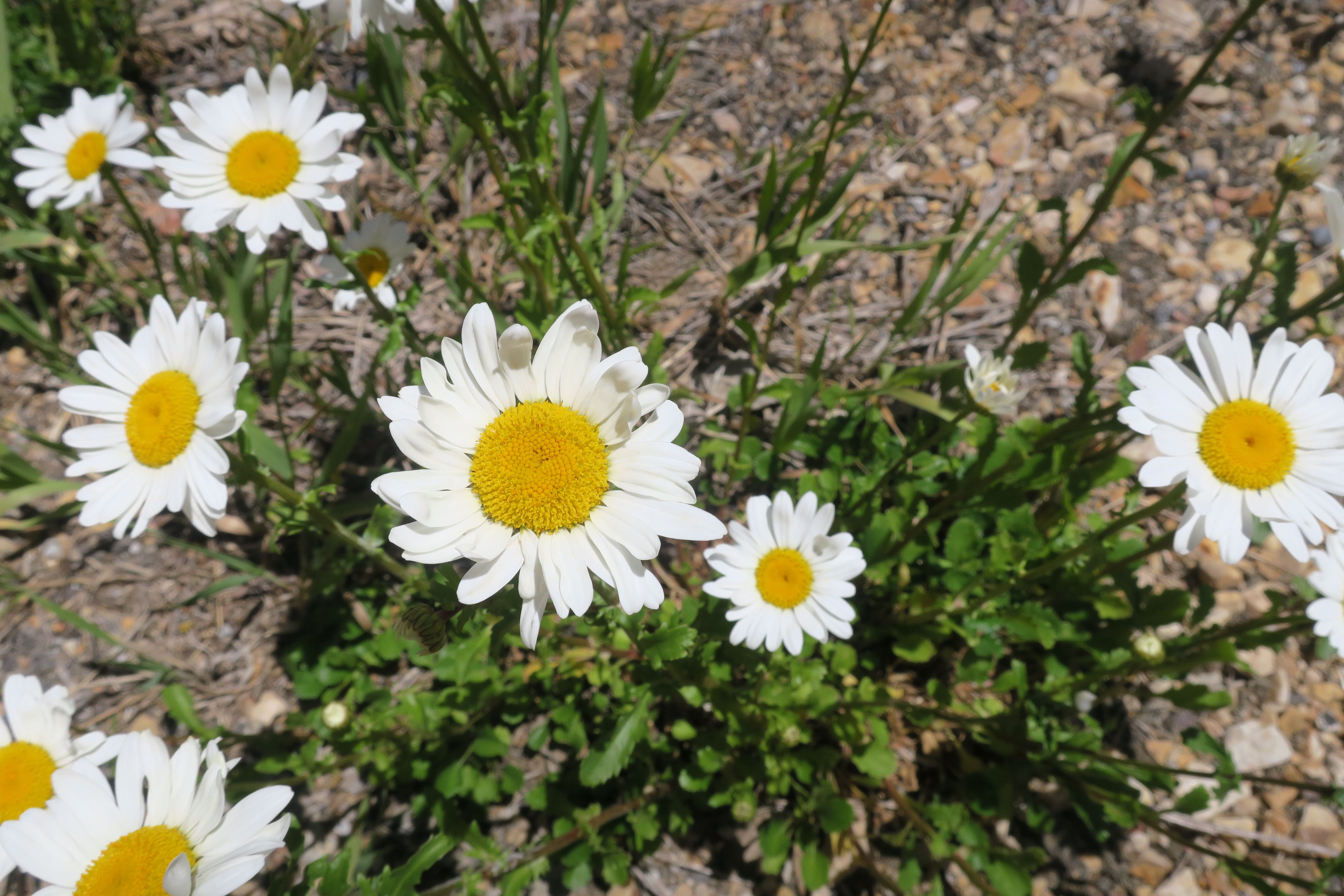
Oxeye daisy: flowers
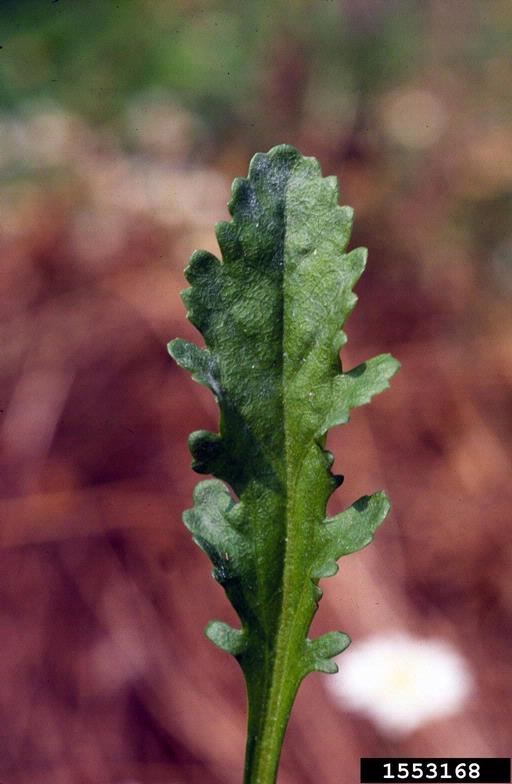
Oxeye daisy: foliage
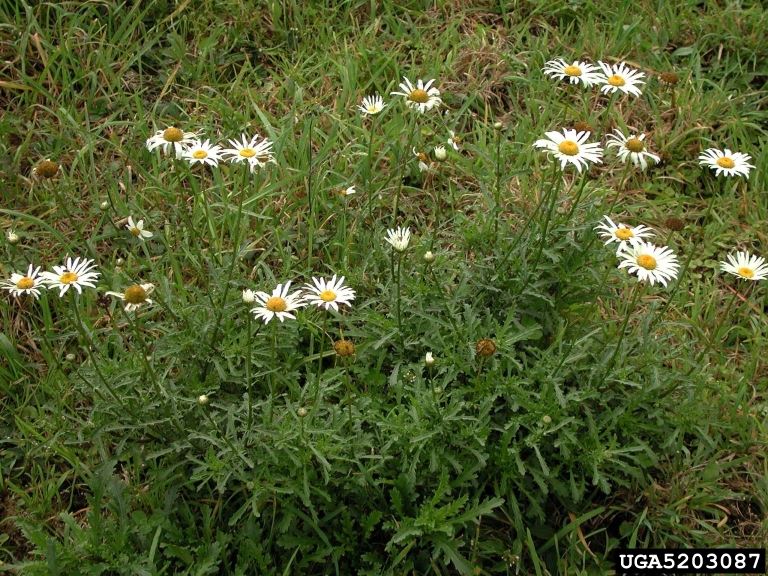
Oxeye daisy

Oxeye daisy: infestation

Oxeye daisy: stems and foliage
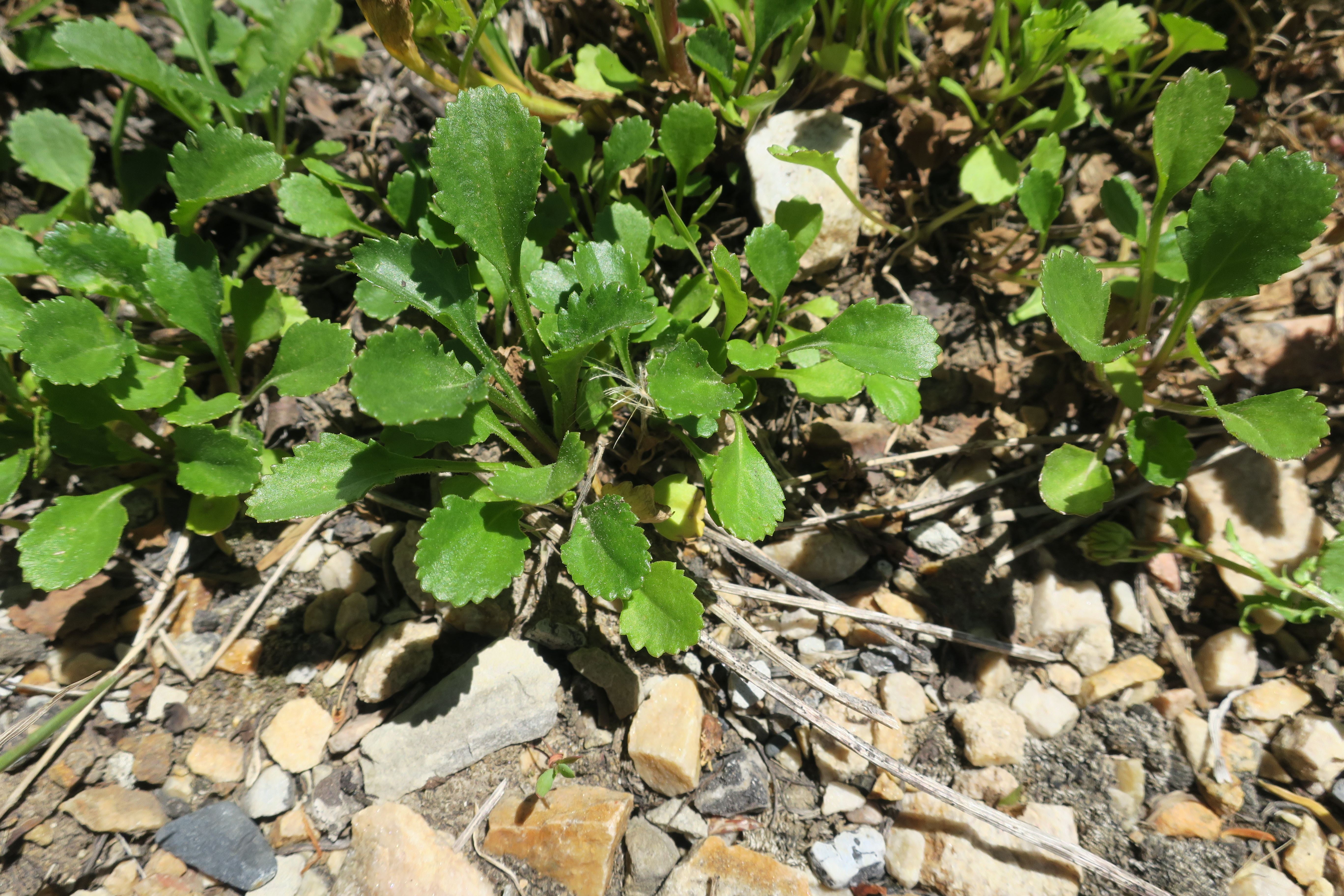
Oxeye daisy: seedlings
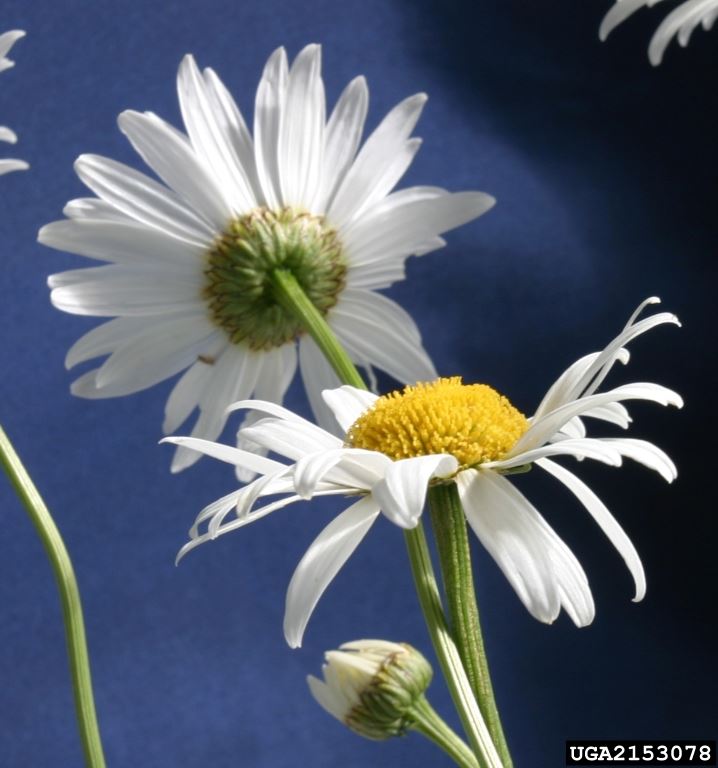
Oxeye daisy: flowers
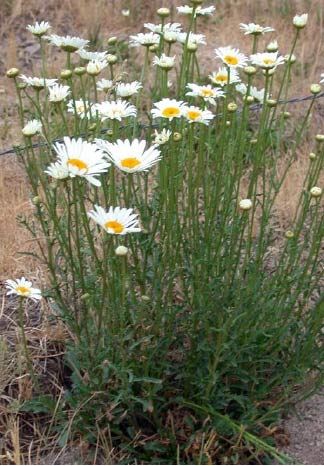
Oxeye daisy
Resources
-
Links
- University of Nevada Cooperative Extension: Identification and Management of Oxeye Daisy View PDF
-
References
DiTomaso, J.M., G.B. Kyser et al. (2013). Weed Control in Natural Areas in the Western United States [PDF file]. Weed Research and Information Center, University of California. Retrieved from https://wric.ucdavis.edu/information/natural-areas/wr_L/Leucanthemum.pdf View PDF
Duncan, C. (2017, July 06). Oxeye daisy biology and management. Retrieved from https://www.techlinenews.com/articles/2016/oxeye-daisy-biology-and-management
Invasive Species Compendium. (2017, November 22). Leucanthemum vulgare (oxeye daisy). Retrieved from https://www.cabi.org/isc/datasheet/13357
Jacobs, J. (2008, March). Ecology and management of oxeye daisy (leucanthemum vulgare Lam.) [PDF file]. Retrieved from https://www.nrcs.usda.gov/Internet/FSE_PLANTMATERIALS/publications/mtpmstn7820.pdf View PDF
Mangold, J., Sheley, R., & Brown, M. (2017, June). Oxeye Daisy: Identification, biology, and integrated management [PDF file]. Retrieved from http://msuextension.org/publications/AgandNaturalResources/MT200002AG.pdf View PDF
United States Department of Agriculture. (2015, February). Field Guide for Managing Oxeye Daisy in the Southwest [PDF file]. Retrieved from https://www.fs.usda.gov/Internet/FSE_DOCUMENTS/stelprd3828963.pdf View PDF




